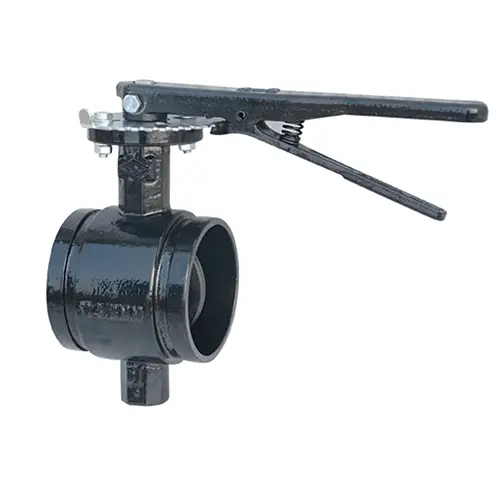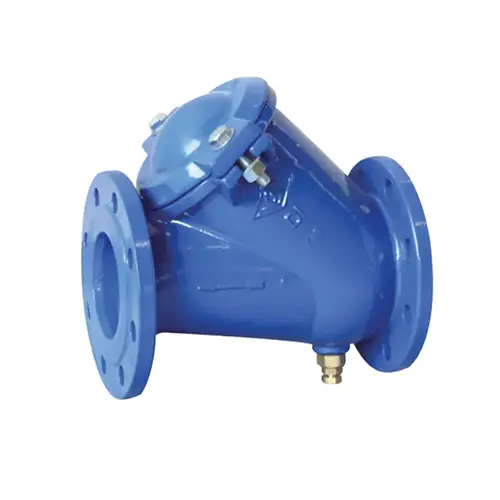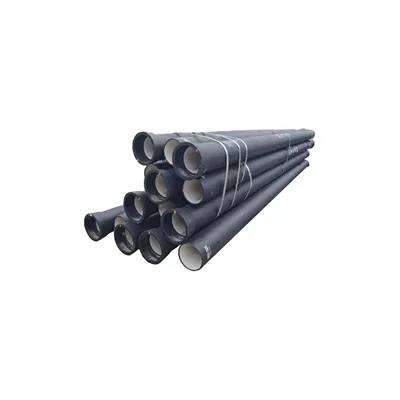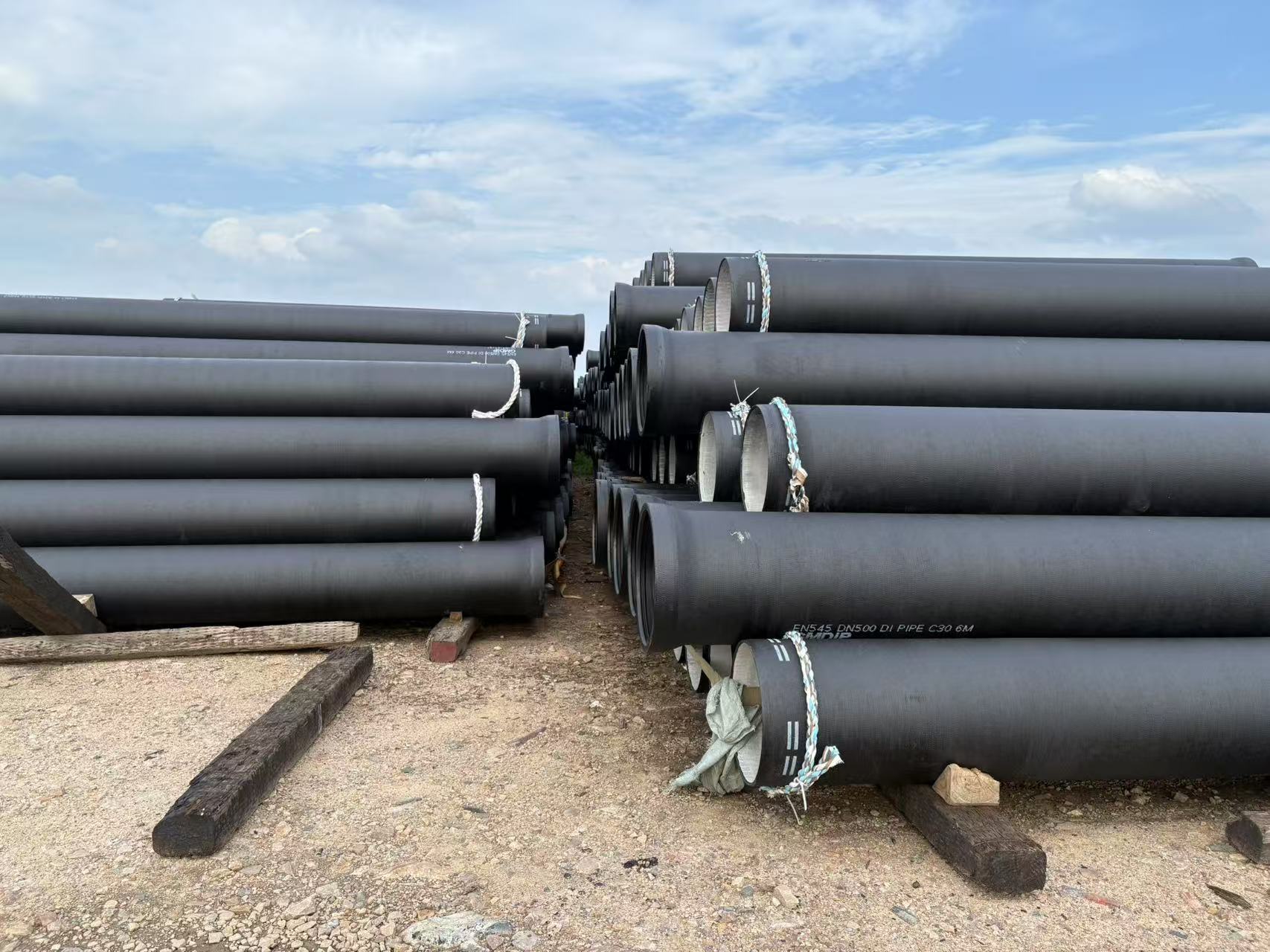Email Us
What Makes Ductile Iron Pipe the Go-To Choice for Modern Water Infrastructure?
In an era where municipalities and engineering firms face immense pressure to balance cost, durability, and environmental impact, the selection of piping material is a critical long-term decision. For decades, one material has consistently demonstrated unparalleled performance in demanding applications: Ductile Iron Pipe (DIP).
The Engineering Marvel of Ductile Iron – Beyond Cast Iron
Ductile Iron Pipe is not merely an evolution of cast iron; it is a revolutionary advancement. Its development addressed the principal weakness of its predecessor: brittleness. Through a controlled metallurgical process where magnesium is added to molten iron, the graphite within the matrix forms into spheroidal nodules rather than the flake-like structures found in cast iron. This fundamental change in microstructure is what grants Ductile Iron its remarkable properties.
The key advantage lies in its combination of strength and ductility. Unlike brittle materials that can fracture under shock or stress, Ductile Iron has a measurable yield strength and can deform significantly without rupturing. This makes it exceptionally resistant to impact, beam loads, and ground movement, including the devastating effects of earthquakes. Furthermore, its inherent toughness provides superior resistance to damage during handling and installation, reducing the risk of costly on-site failures.
Another critical engineering feature is its robust joint design. The predominant TYTON® push-on joint system, along with mechanical and flanged alternatives, creates a flexible, bottle-tight seal that can accommodate minor deflection and settlement after installation. This leak-free performance is crucial for conserving our most precious resource—water. Modern Ductile Iron Pipe is also protected by advanced linings and coatings. Cement mortar or polyurethane linings prevent corrosion and maintain water quality and flow capacity over the pipe's lifespan, while polyethylene encasement provides superior external corrosion protection in aggressive soils.
Unveiling the Specifications – A Technical Overview of Ductile Iron Pipe
To fully appreciate its capabilities, one must examine the precise parameters that define Ductile Iron Pipe. Manufactured to meet or exceed international standards such as ANSI/AWWA C151/A21.51 and ISO 2531, its dimensions, pressure ratings, and performance metrics are rigorously controlled. The following table summarizes the core product parameters that engineers rely on for specification and design.
| Parameter | Description & Specifications |
|---|---|
| Material & Manufacturing | Cast from Ductile Iron (Spheroidal Graphite Iron) as per ISO 1083 or ASTM A536. Typically produced via centrifugal casting in water-cooled metal molds (the dominant modern method) or sand-lined molds. |
| Size Range (Diameter) | A vast range from 3 inches (80 mm) to 64 inches (1600 mm) and larger for special orders, catering to everything from small service lines to major transmission mains. |
| Pressure Class | Designed for a range of working pressures. Common classes include Class 150 (psi), 200, 250, and 350, with special designs available for higher pressure requirements. The pressure class determines the wall thickness. |
| Wall Thickness | Varies by diameter and pressure class. Governed by standards that calculate thickness based on internal pressure and external load. Thickness is designated by class (e.g., Class 50, 51, 52, 53, 54, 55, 56) per ANSI/AWWA standards. |
| Joint Types |
TYTON® Push-On: The most common, a simple, reliable, gasketed joint. Mechanical Joint (MJ): For connections to valves, fittings, and existing cast iron systems. Flanged Joint: Used in treatment plants, pump stations, and above-ground applications. |
| Internal Linings |
Cement-Mortar Lining: Standard lining, protecting water quality and maintaining hydraulics. Polyurethane Lining: Used for corrosion resistance in specific aggressive waters. |
| External Coatings |
As-Built: Standard as-cast finish for non-aggressive soils. Polyethylene Encasement: A loose-fitting sleeve, the primary and most effective method for protecting DIP in corrosive soils. Shop-Applied Bonds: Such as zinc with a bituminous topcoat. |
| Key Standards | ANSI/AWWA C151/A21.51 (USA), EN 545 & EN 598 (Europe), ISO 2531 (International). |
This detailed specification set underscores the product's adaptability and reliability, ensuring it can be precisely engineered for the unique demands of any project, from a high-pressure mountain pipeline to a distribution network in expansive soil.
Node 3: Addressing the Critical Questions – A Ductile Iron Pipe FAQ
Despite its proven track record, questions often arise regarding its application and long-term performance. Here are answers to some of the most common queries.
Q: How does Ductile Iron Pipe compare to PVC in terms of long-term cost and performance?
A: While PVC may have a lower initial material cost, a true life-cycle cost analysis almost always favors Ductile Iron. The key factors are longevity, durability, and operating costs. Ductile Iron's mechanical strength means it is far less prone to failure from installation damage, soil movement, or tapping and drilling stresses. Its superior flow characteristics, maintained over decades due to its corrosion-resistant lining, reduce pumping costs. Most significantly, the design life of a Ductile Iron system is conservatively estimated at over 100 years, whereas PVC's is typically half of that. When factoring in replacement costs, social disruption from failures, and water loss from leaks, Ductile Iron presents a significantly lower total cost of ownership.
Q: Is Ductile Iron Pipe susceptible to corrosion, and how is this managed effectively?
A: This is a common misconception. While iron is a ferrous metal, modern Ductile Iron Pipe is engineered with highly effective corrosion protection systems. Internally, cement mortar or polyurethane linings create a physical barrier, preserving water quality and preventing internal corrosion. Externally, the primary defense is Polyethylene Encasement, a simple, cost-effective, and internationally recognized method detailed in ANSI/AWWA C105/A21.5. This loose-fitting sleeve isolates the pipe from the soil environment, creating a uniform, resilient shield that is highly effective even in highly aggressive soils. For the most extreme conditions, cathodic protection can also be applied. Decades of field experience and independent studies confirm that properly installed and protected Ductile Iron Pipe provides exceptional corrosion resistance, ensuring a long and reliable service life.
Node 4: The Future is Built on Proven Foundations and Forward-Thinking Partnerships
The legacy of iron pipe spans centuries, but Ductile Iron represents the pinnacle of this enduring technology. Its role in building resilient, efficient, and sustainable water infrastructure has never been more critical. As communities worldwide grapple with aging networks and the challenges of climate change, the need for a pipe material that can withstand the test of time—and the unexpected—is paramount. Ductile Iron’s ability to handle water hammer, seismic activity, and heavy traffic loads makes it an investment in community safety and environmental stewardship.
Choosing a supplier is as crucial as choosing the material itself. It requires a partner with a commitment to quality, innovation, and technical support. This is where Epoch stands apart. With a dedication to manufacturing excellence that meets the highest international standards, Epoch ensures that every length of Ductile Iron Pipe delivers the performance and reliability that engineers and municipalities depend on. Our technical team provides unparalleled support, from soil corrosion analysis to joint specification and installation guidance, ensuring your project's success from blueprint to commissioning and beyond.
The security of your water system is not a place for compromise. By specifying Ductile Iron Pipe, you are choosing a solution backed by decades of proven performance and rigorous science. To discuss how Epoch Ductile Iron Pipe can be integrated into your next project, receive detailed technical data sheets, or consult with our engineering specialists, we invite you to contact us today. Let's build a more resilient water future, together.
- Why Is Ductile Iron Pipe Still the Safe Choice for Long-Life Water Networks?
- Which Pipeline Installation Machines and Tools Help Me Deliver Faster, Safer, and More Profitable Projects?
- Key points for quality inspection of ductile iron pipes
- Why do Carbon Steel Pipes keep winning tough industrial projects?
- What are the connection methods for ductile iron pipes?
- The Origin of the Butterfly Valve's Name
About Us
Contact Us
No. 112, Jiefang Road, Lixia District, Jinan City, Shandong Province, China
Copyright © 2025 Shandong Epoch Equipment Co., Ltd. All Rights Reserved.













